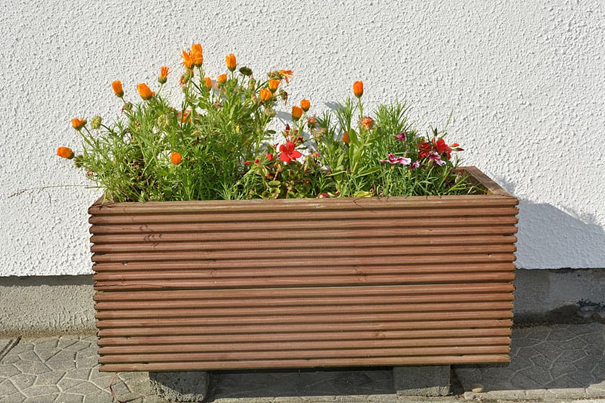Potted gardening has become very popular in recent years, even outdoors. However, to ensure that your containers survive the winter, it's best to take a few precautions in the autumn so that they're ready for use next spring.
Once the last annuals have finished blooming, it's time to think about preparing your pots and planters for winter. Some materials are not frost- and weather-resistant. You'll need to empty them completely, prepare them and store them until next spring.
Cleaning your pots in autumn
In autumn, before storing your pots for the winter, you need to clean them. This will prevent diseases and parasites from surviving the winter.
- Start by emptying your pots. Remove dead vegetation, and if the plant was disease-free, compost it. If the plant was diseased, throw it away.
- You can compost the compost. Just don't reuse it! Most potting soils are not really soil, but rather organic matter. Over the course of the summer, this organic matter will have begun to decompose, losing its nutrients as it goes. It's best to start each year with fresh potting soil.
- Once your containers are empty, wash them in hot, soapy bleach. The soap and bleach will kill any pests, insects and fungi that may cling to the containers.

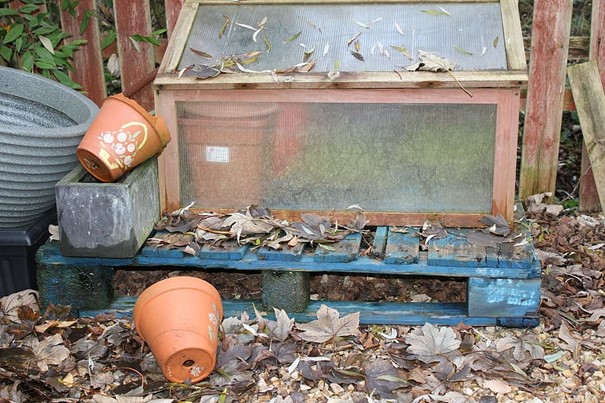
Storing your pots over winter
Storage of plastic containers
Once your plastic pots have been washed and dried, they can be stored and kept outdoors, as they can withstand temperature changes without being damaged. It is, however, advisable to cover them. The winter sun can be harsh on some plastics, and can fade the color of the pot unevenly.

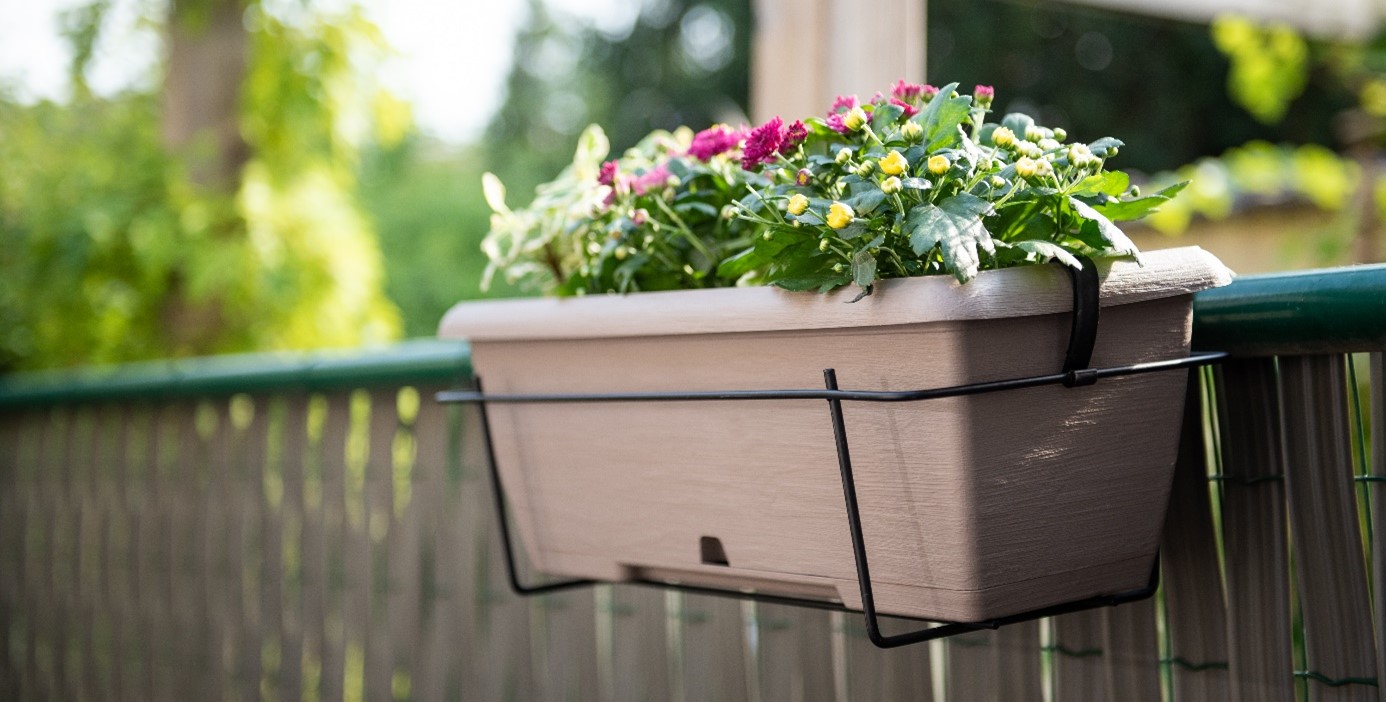
Storage of clay or terracotta containers
Terracotta vessels are the most fragile. They cannot be stored outdoors. As they are porous and retain moisture, they are likely to crack in the event of frost. So it's best to store them in a cellar or garage. In any case, in a frost-free place. It's also advisable to wrap each clay or terracotta pot in newspaper to prevent the pot from breaking or peeling during storage.

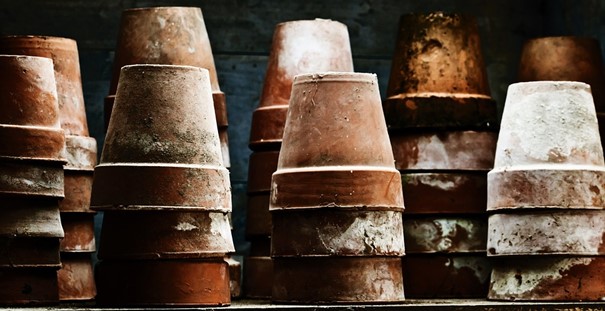
Storage of ceramic pots
As with terracotta and clay pots, it is not advisable to store them outdoors in winter. Although the coating on ceramic pots prevents moisture from penetrating the pot, small chips or cracks still allow some to enter. As with terracotta and clay pots, the moisture contained in these cracks can freeze and spread, resulting in larger cracks. It is also advisable to wrap these pots to prevent them from chipping and breaking during storage.

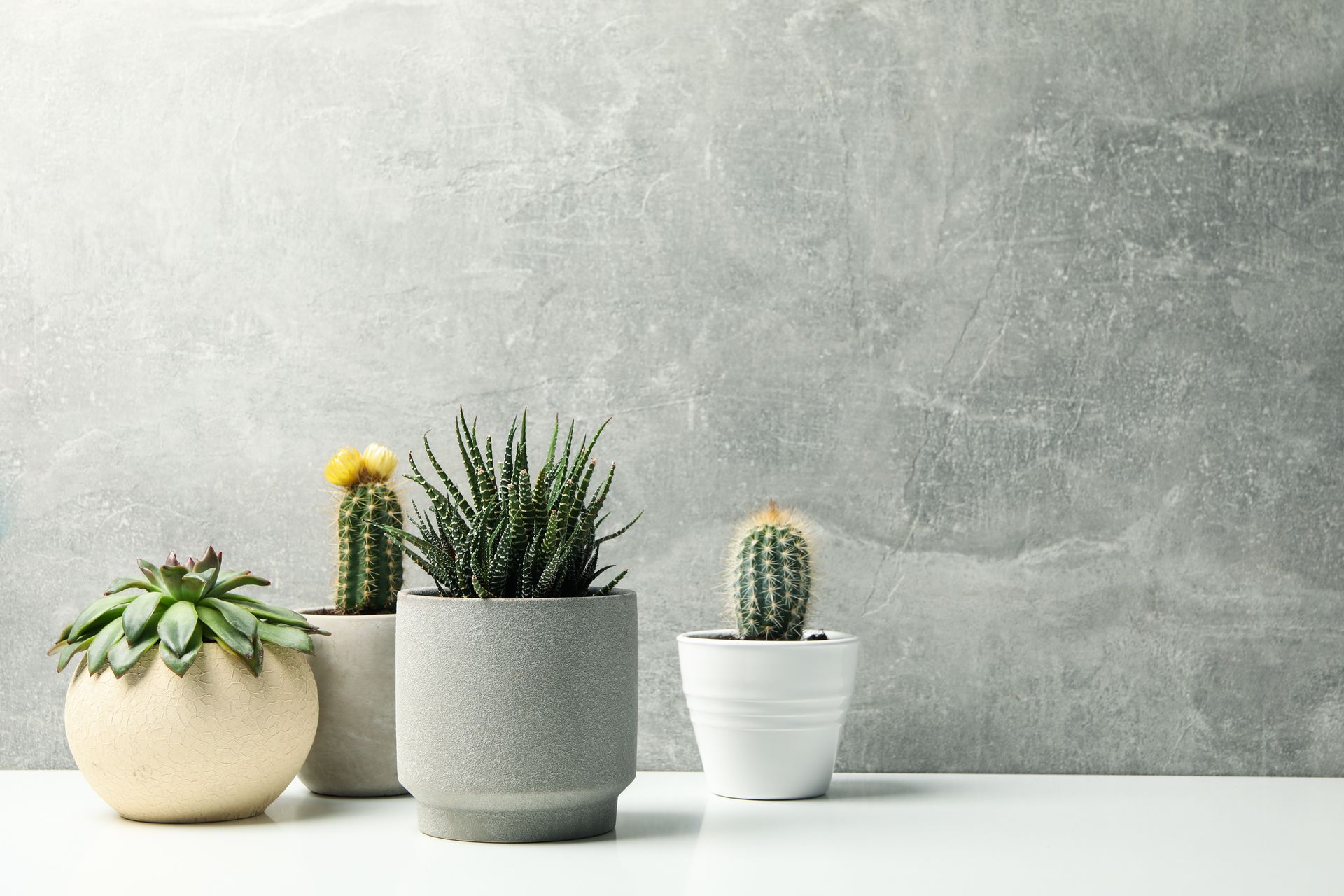
Storage of wooden containers
Since wood is frost-resistant, this type of container can be left outside. However, it is advisable to empty them (in whole or in part) of their potting soil to prevent the wood from rotting on contact with the damp soil, or the joints from being weakened by the contraction/expansion action caused by frost.

